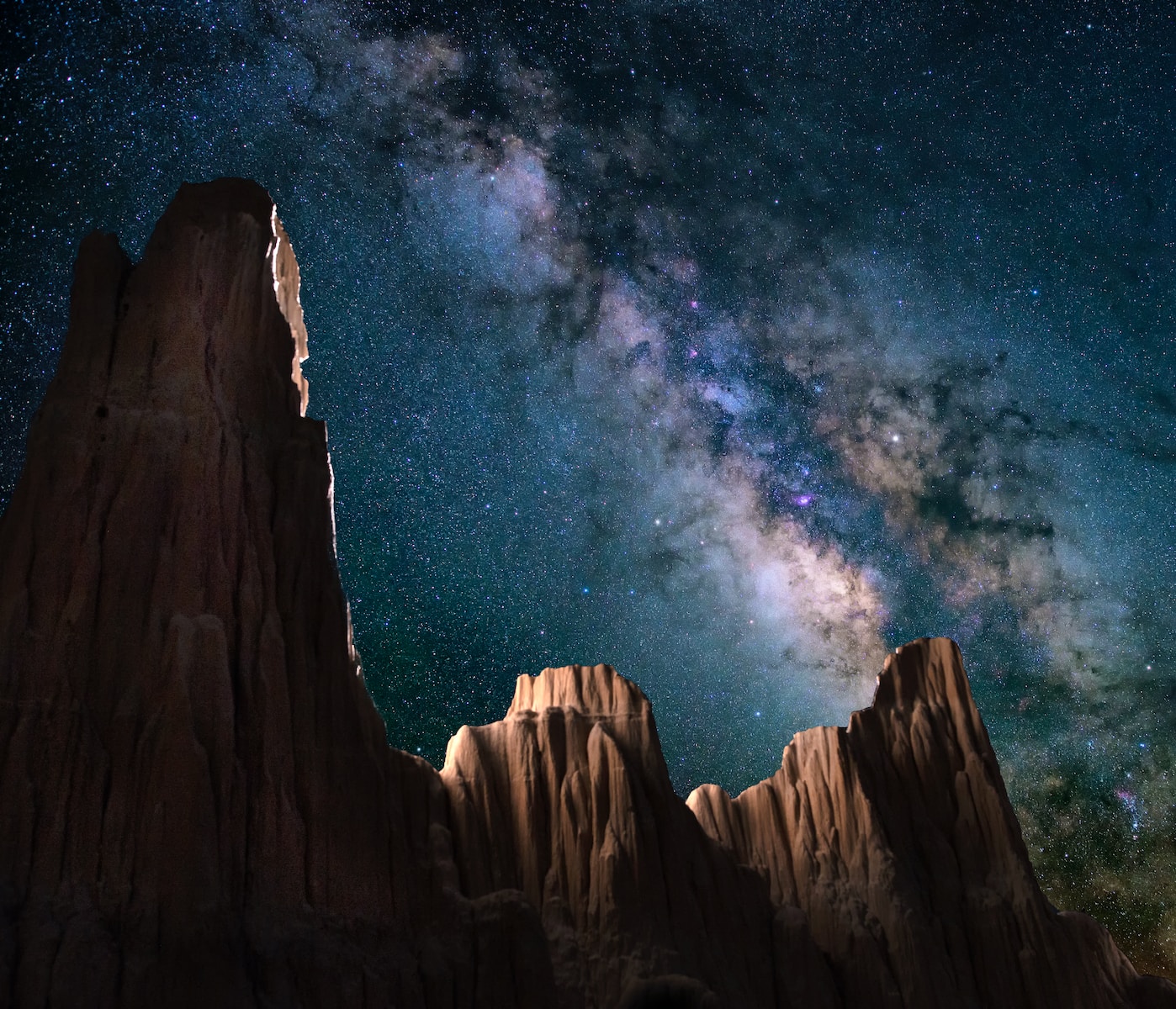Introduction
Wildlife photography is a captivating pursuit that allows us to connect with the natural world and capture the beauty and diversity of animal life. Whether you’re an aspiring photographer or a seasoned enthusiast, exploring the world of photographing animals in their natural habitats can be an exhilarating experience. In this article, we will delve into the realm of wildlife photography, providing valuable tips for capturing wildlife behavior, utilizing telephoto lenses effectively, and respecting ethical guidelines to ensure both the welfare of the animals and the creation of stunning wildlife photographs.
-
-
- Understanding Wildlife Behavior
One of the fundamental aspects of wildlife photography is understanding the behavior of the animals you wish to photograph. By studying the species you are interested in, you can anticipate their movements, habits, and interactions, allowing you to capture compelling shots. Research and observation are key in this regard. Learn about the animals’ feeding patterns, mating rituals, and social dynamics. This knowledge will help you predict their behavior and be prepared to capture those decisive moments.
Patience is vital in wildlife photography. Animals may exhibit certain behaviors only at specific times of the day or during particular seasons. Spend time observing them in their natural habitats, and be prepared to wait patiently for the perfect shot. Use this time to learn about their natural environments and the factors that influence their behavior. - Utilizing Telephoto Lenses
Telephoto lenses play a crucial role in wildlife photography, allowing photographers to capture close-up shots of distant subjects without disturbing or endangering them. When choosing a telephoto lens, consider its focal length and maximum aperture. A lens with a longer focal length, such as 300mm or 400mm, is ideal for photographing wildlife as it provides greater magnification.
To stabilize your shots, use a sturdy tripod or a monopod with a gimbal head. These tools will help eliminate camera shake and provide stability when working with long telephoto lenses. Additionally, consider using image stabilization features available in some lenses to further enhance image quality.
When photographing animals, focus on their eyes as they convey emotions and create a connection between the subject and the viewer. Achieving sharp focus on the eyes is essential for impactful wildlife photography. Use the autofocus system in your camera to track the animal’s movement and adjust the focus accordingly. - Respecting Ethical Guidelines
Ethics and responsible behavior are paramount in wildlife photography. It is crucial to respect the welfare of the animals and their natural habitats, ensuring minimal disturbance while capturing remarkable images. Here are some key ethical guidelines to follow:
a. Maintain a respectful distance: Getting too close to wildlife can cause stress and disrupt their natural behavior. Respect their personal space and use telephoto lenses to capture close-up shots without intrusion.
b. Avoid altering the environment: Leave the surroundings undisturbed. Do not remove or move objects, vegetation, or nesting sites, as this can disrupt the animals’ natural habitats and behavior.
c. Do not bait or lure animals: It is unethical to use bait or artificial means to attract wildlife. This can alter their behavior and jeopardize their well-being. Instead, be patient and observe their natural movements.
d. Know the local regulations and guidelines: Different locations may have specific rules regarding wildlife photography. Research and follow these regulations to ensure you are practicing ethical behavior.
e. Educate and raise awareness: Use your photographs to educate and inspire others about the beauty and conservation needs of wildlife. Help foster a deeper understanding and appreciation for the natural world through your work.
- Understanding Wildlife Behavior
Conclusion
Wildlife photography is a thrilling and rewarding pursuit that offers a glimpse into the captivating world of animals in their natural habitats. By understanding wildlife behavior, utilizing telephoto lenses effectively, and respecting ethical guidelines, photographers can capture stunning images while ensuring the well-being of the subjects.Remember, studying and observing the behavior of animals is key to anticipating their movements and capturing those special moments. Patience and research go hand in hand with wildlife photography, allowing you to be prepared and ready to document unique behaviors.
Telephoto lenses provide the necessary reach to photograph animals from a distance without disturbing them. Choosing the right focal length and stabilizing your shots with a tripod or monopod will greatly enhance the quality of your images. Remember to focus on the eyes, as they create a connection with the viewer and convey the subject’s emotions.
Respecting ethical guidelines is of utmost importance in wildlife photography. Maintaining a respectful distance, avoiding habitat alteration, and refraining from baiting or luring animals are essential practices. Familiarize yourself with local regulations to ensure you are acting responsibly.
Lastly, use your wildlife photographs to educate and raise awareness about the beauty and conservation needs of our natural world. By sharing your work, you can inspire others to appreciate and protect the incredible biodiversity that surrounds us.
In conclusion, wildlife photography offers a unique window into the wonders of the animal kingdom. With an understanding of wildlife behavior, the right equipment, and a commitment to ethical practices, you can embark on a captivating journey of capturing the beauty and essence of animals in their natural habitats. Embrace this incredible opportunity to explore, learn, and create stunning images that celebrate the magnificence of wildlife.
-





